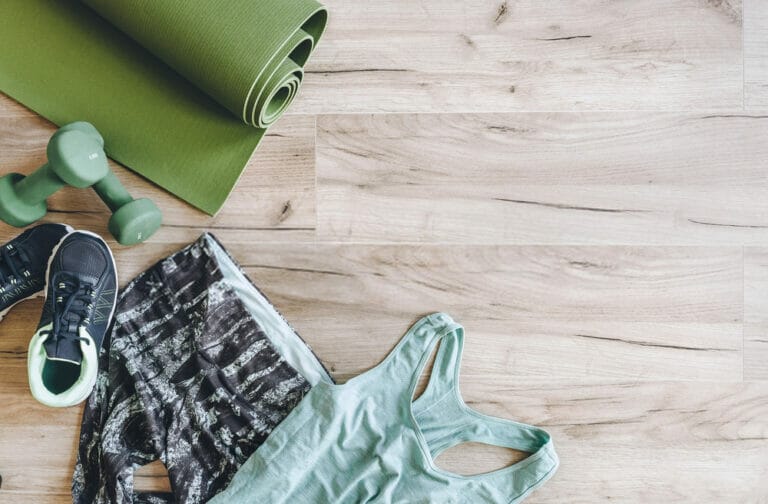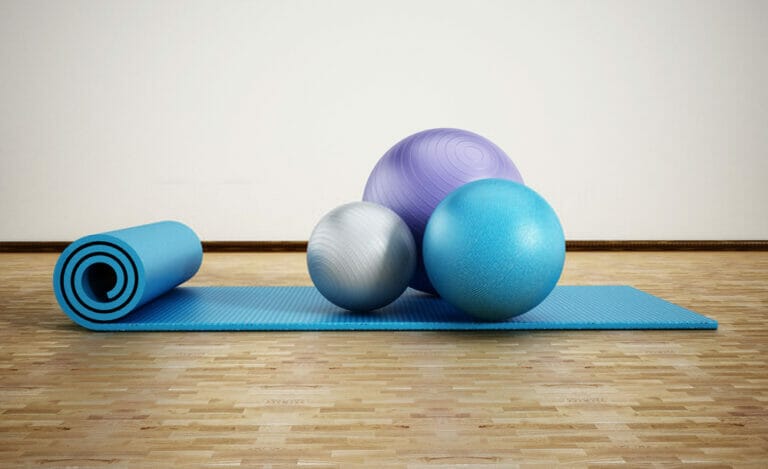Runner’s Stretch
A runner’s stretch is an essential exercise for people who run. The goal of this stretch is to lengthen the hamstrings, especially the muscles along the back of your thighs.
Stretching these muscles can help prevent injuries or any other muscles that antagonists to them.

This pose is a low lunge stance beneficial to both runners and yogis. However, coming into full stretch may be difficult for some yogis and runners with very tight hamstrings.
If this is the case, maintain the front knee bent while gradually straightening it. Under the hands, yoga blocks can be beneficial support.
In Sanskrit, the runner's stretch is known as the "Ashwa Sanchalasan" or "Equestrian stretch". The word ashva derives from the Sanskrit words sanchalana, which means "stepping action" (like a march), and asana, which means "seat." Surya Namaskar, or Sun Salutation, is a series of 12 asanas that includes Ashwa Sanchalanasana.
Surya Namaskar’s 4th and 9th steps include it. It’s also the fourth step in the Chandra Namaskar series.
It can help boost one’s self-assurance, willpower, and tenacity. Chanting a mantra while executing this asana increases the benefits.
As a result, the 4th and 9th Sun salutation mantras “Om Bhanave Namah” and “Om Adityaya Namah” can be said.
The name “runner’s stretch” is equally apt, as it requires a runner to bend at the waist and stretch the muscles with hands on the floor or yoga blocks.
You need to incorporate these stretches into your daily routine after a run. The best way to do this is about 2-3 times per week.
The Risks and Precautions:
These stretches should be performed slowly and controlled without bouncing or jerking muscle groups. If you feel pain in your back, legs, or buttocks, you should discontinue the stretch immediately as you could be putting yourself at risk for serious injury.
If you have back pain that worsens with these stretches, seek professional advice. In addition, the runner’s stretch is not for people with glaucoma or knee problems that limit the range of motion.
Level of difficulty – Very Easy
This stretch is one of the more accessible stretches you can do. It may also be done in a seated position if you prefer.
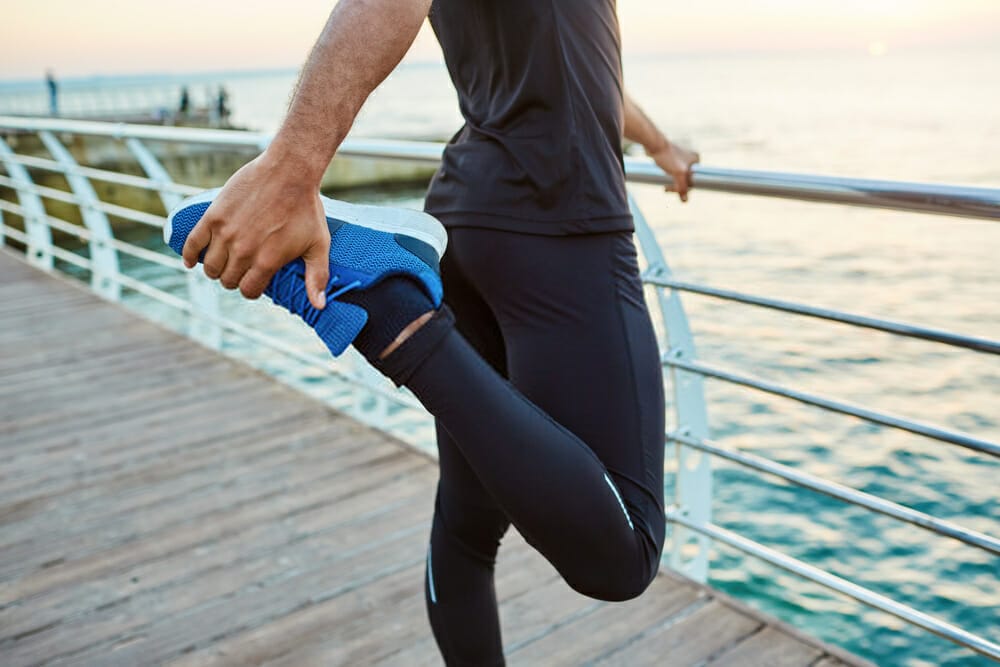
Areas stretched/Targeted
Hamstrings, quad and erector spinae.
Equipment required
None needed.
The benefits of Runners stretch
The primary benefit of the runner’s stretch is to train and strengthen the muscles in your hamstrings, quadriceps and erector spinae. In addition, it helps with running efficiently.
- It stretches the spine and improves the flexibility of the muscles that surround it. Mechanical low back pain is prevented and managed by alternating flexion-extension movements of the spine in sensitive patients.
- In Chandra Namaskara, Ashwa sanchalanasana cultivates the moon’s soothing lunar energy. It aids in the replenishment of vital energy, which promotes mind-body coordination. At a young age, this calms feelings and lowers hostility.
- It rejuvenates the knee, pelvis, ankle, and cervical vertebra joints. It does, however, soothe nerves while also improving the musculoskeletal system.
- Aids in chest opening and respiration increase blood circulation and overcome respiratory problems.
- The Muladhara and Ajna chakras are stimulated by regular practise of this asana. It gives the practitioner more vitality, vigour, growth, and increased awareness.
- Breathing during this asana brings fresh blood to the muscles involved, relieving tension and calming and relaxing. It also clears crowded thoughts, which improves mood and psychological wellness.
Additional Benefits of the Stretch
- Lengthens the spine: The stretch also helps to extend the spine and make you stand up straighter for a more confident walk.
- Stretches the hamstrings, calves and groin: Great stretch for general health and helps stretch out the backs of the legs. In addition, it increases circulation to your lower body’s muscles, joints, and ligaments.
- Stimulates the abdominal organs: This helps with digestion and relieves constipation.
- Releases tension in the lower back helps with posture and neck alignment.
- Strengthens the quadriceps: This stretches the muscles in the legs.
- Builds coordination: This stretch is easy to do and requires the coordination of your legs, abs and spine.
- Helps balance: The runner can safely increase or decrease momentum by lengthening muscles. It helps to maintain the balance of a runner.
- Calms the mind and nervous system after running: Increases blood flow to the brain.
Additional Risk of the Stretch
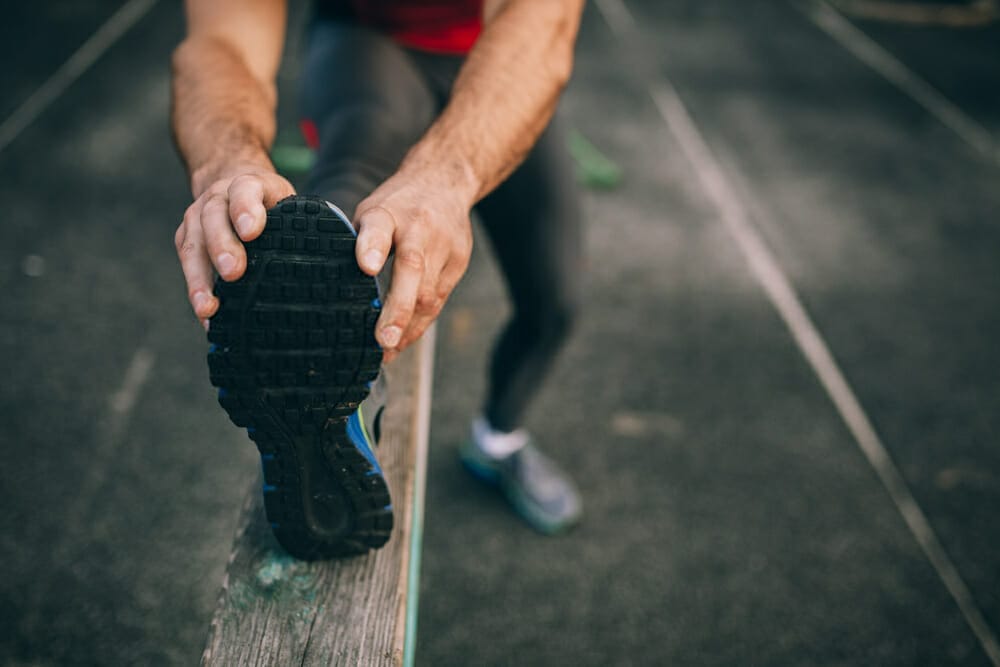
Prolonged stretches can cause muscle fatigue, and you should avoid them if this occurs. Due to a runner’s increased exertion may be more of a risk for runners than most yogis. Be sure to warm up and stretch gently before any strenuous activity.
If you are in pain or discomfort while performing the stretch, stop immediately and seek professional assistance if possible, as it could indicate an underlying injury.
How to Do the pose:
Step 1: Stand with your feet shoulder-width apart on an exercise mat.
Step 2: Take a step forward.
Step 3: Bend the back leg’s knee slightly and elevate the toes of the forward leg.
Step 4: Walk your hands down your leg until they can grip your ankle by bending your waist forward.
Step 5: Hold for a few minutes, then return to a standing posture by walking your hands up your leg.
Step 6: Do the same thing on the other side.
Tips
- If you are holding your hands on the floor, don’t bend your knees too much.
- Walk your hands down your leg until they can grip your ankle.
- If your back pain gets too much, then don’t do this but instead, take the time to stretch out your legs or do a seated version of the runner’s.
- It is not recommended for Parkinson’s or other nerve-related disorders that affect mobility or balance.
Variations
Anjaneyasana – Low Lunge Pose
Anjaneyasana is a low lunge pose with hands on the floor. It stretches out the quads and inner thighs.

You can do it without bending your knees if you have very tight hamstrings or have had a long run. In this case, maintain the front knee bent while slowly straightening it.
Dandayamukhasana – Cobbler’s Pose
It is a low back bend with hands placed on your feet, feet parallel, and head slightly bent forward. This pose is not recommended if you have sciatica or back pain since it puts pressure on the buttock and leg nerves.
Utthita Ashwa Sanchalanasana – High Lunge Pose
Utthita Ashwa Sanchalanasana is a lunge with arms stretched out. Stretch your foot back with outer thigh slightly turned in and spine long. This pose is good for stretching the inner thighs and a great warm-up for Sun Salutations.
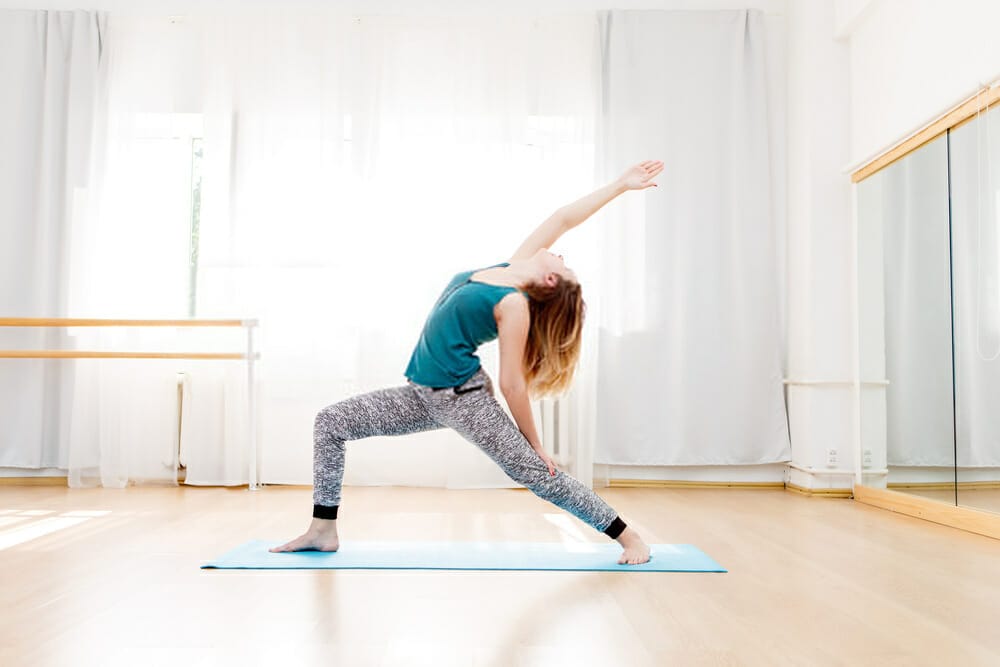
What poses should you do before and after runners’ stretch?
Before runners stretch-
Anjaneyasana – Adho Mukha Svanasana – Garudasana – Kapotasana – Sukhasana-
After runners stretch-
Baddha Konasana – Baddha Padmasana (Bonus- prepare your hands and feet for Savasana)- Supta Padangusthasana (also known as Upside down pose)
Poses for Preparation
The postures that follow will help the practitioner master this pose are-
- Hand To Foot Pose
- Downward Facing Dog Pose
- Standing Forward Bend
- Pascimottanasana
Who should not do runners stretch?
If you have knee problems or hormone issues, this is not a good stretch for you.
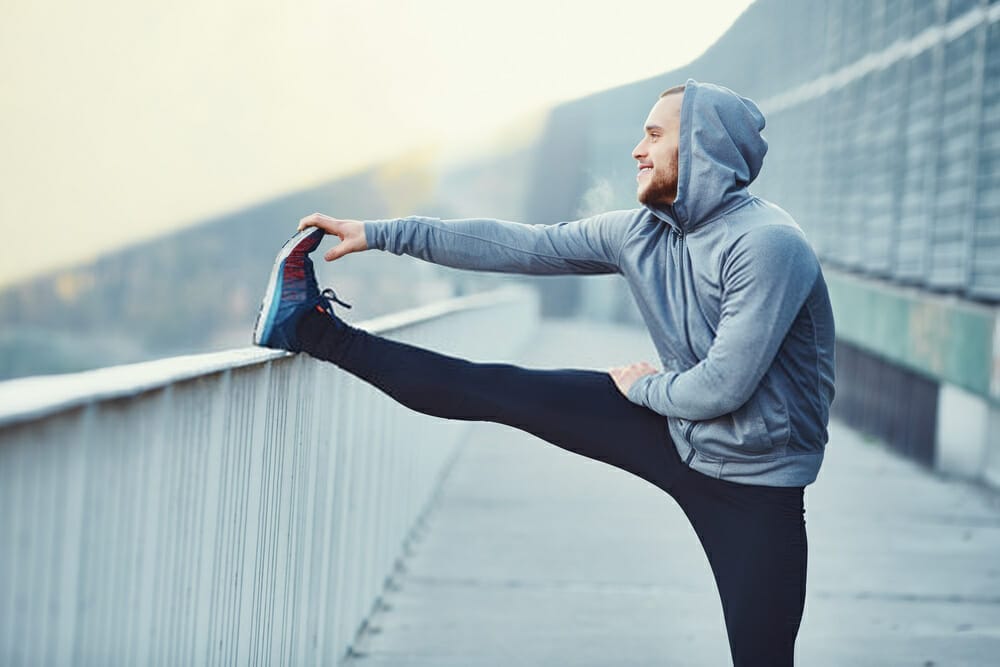
People with diagnosed glaucoma are also advised not to do this stretch. In addition, people with neurological disorders such as Parkinson's should not do this stretch either.
As this stretches the spine, it can worsen symptoms of Parkinson’s by also destabilizing the spine.
People with small children or babies should not have their backs bent as far forward as this stretch requires.
Conclusion:
This stretch is easy to learn but takes some practice to perfect. The most important thing to remember is that you can’t do this pose if the practitioner is experiencing pain or discomfort. So if you experience any pain, stop and seek professional advice before starting the stretch too often.
You can do it anywhere, as it doesn't require a high level of balance. The runner's stretch is done during Sun salutations before the lunge and after the backbend poses.



